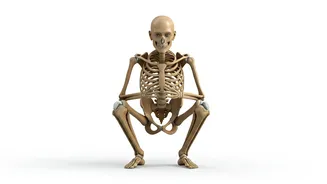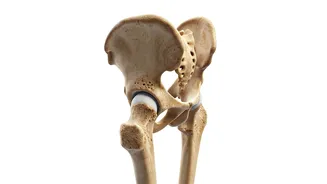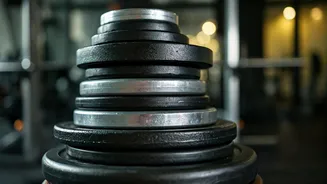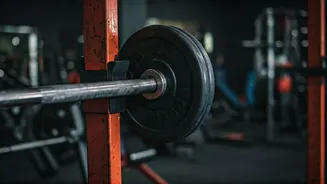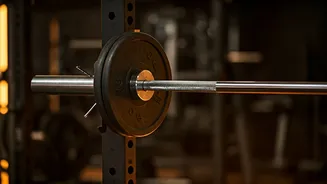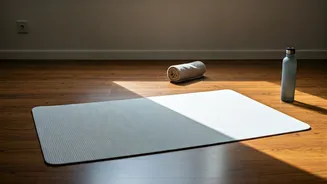Squatting: The Basics
The squat, a foundational movement, involves lowering your body weight towards the ground as if sitting in a chair, with feet planted firmly. Proper form
is crucial for maximizing benefits and preventing injuries. Start by standing with feet shoulder-width apart, toes slightly outward. Keep your back straight, chest up, and core engaged as you bend your knees and lower your hips. Aim for a depth where your thighs are parallel to the ground, or as close as your flexibility allows. Focus on pushing through your heels as you return to a standing position. Mastering this fundamental technique is the starting point. Regular practice, even for just 5 minutes a day, yields significant returns. Consistency and form are the key components of effective squatting, ensuring safety and optimizing health benefits. Many variations exist, allowing for progressive overload and tailoring to individual needs. Remember, a well-executed squat is far more effective than a rushed, poorly performed one; therefore, always prioritise technique over speed or number of repetitions.
Strength and Muscle Gain
Squats are a powerhouse exercise for building strength and muscle mass, engaging multiple muscle groups simultaneously. They predominantly work the quadriceps, hamstrings, glutes, and core, leading to overall body strength development. By performing squats regularly, you can stimulate muscle hypertrophy, promoting growth over time. The compound nature of the squat means you're not isolating muscles; instead, you're working the entire body cohesively, increasing functional strength that translates into daily activities. It also enhances bone density. Over time, this leads to a more toned and defined physique. Incorporating variations, such as weighted squats, can further enhance muscle development. Regular squatting contributes to an increase in your basal metabolic rate (BMR), as muscle tissue is more metabolically active than fat tissue. This supports weight management, making squats a valuable component of any fitness regimen aimed at building strength and improving body composition. The increase in muscle mass helps create a leaner, more efficient body. Remember that progressive overload, gradually increasing the intensity, is vital to ensure continuous growth.
Flexibility and Mobility
Besides building strength, squats significantly enhance flexibility and mobility. The deep range of motion encourages stretching of muscles and joints in the lower body, including the hips, ankles, and knees. This improved flexibility reduces the risk of injuries and enhances overall movement quality. Regular squatting increases joint lubrication and reduces stiffness, promoting a better range of motion. Increased flexibility allows you to perform everyday activities more easily. Enhanced mobility also improves athletic performance by making movement more efficient. As the body adapts to the squat, it gradually becomes more pliable, aiding in injury prevention and improving posture. By incorporating squats into your routine, you are not merely building muscle but also creating a more flexible and adaptable body that moves more freely, enabling better overall physical well-being. This improved mobility further enhances your athletic potential and facilitates better posture.
Metabolic and Cardiovascular Benefits
Squatting also offers valuable metabolic and cardiovascular benefits. The exercise's demands cause the body to burn calories, promoting weight loss and helping to manage metabolic rate. Squats can improve insulin sensitivity and glucose metabolism. Engaging a large number of muscle groups increases the body's energy expenditure, further enhancing these benefits. Squats can contribute to improved cardiovascular health. Consistent squat practice may help to lower blood pressure and improve circulation. The increased demand on the body during squats forces the heart to pump more efficiently. This exercise also supports better cholesterol profiles, helping to mitigate the risk of heart disease. Integrating squats into your routine, complemented by a healthy diet, contributes to a balanced, metabolic state and helps in the prevention of lifestyle diseases. The metabolic boost promotes better overall health and wellbeing, allowing for a more active lifestyle.
Daily Wellness and Posture
Beyond physical benefits, incorporating squats into your daily routine fosters a sense of wellness and improves posture. Regular squatting strengthens the core muscles. This core strength promotes improved posture and helps alleviate back pain. Regular practice improves body awareness, leading to more mindful movements and reduced chances of injury. It also helps to counteract the effects of prolonged sitting, a prevalent issue in modern lifestyles. It encourages a more upright posture and decreases the likelihood of developing musculoskeletal issues. The mindful practice of squatting has a calming effect, improving focus and presence. Moreover, it boosts energy levels throughout the day. By starting and ending your day with squats, you can maintain enhanced well-being and a positive outlook. The combination of increased strength, improved flexibility, and elevated mood makes squats a simple yet incredibly effective practice for transforming your overall health and wellness.




